Computer Engineering
Physicsworld
140
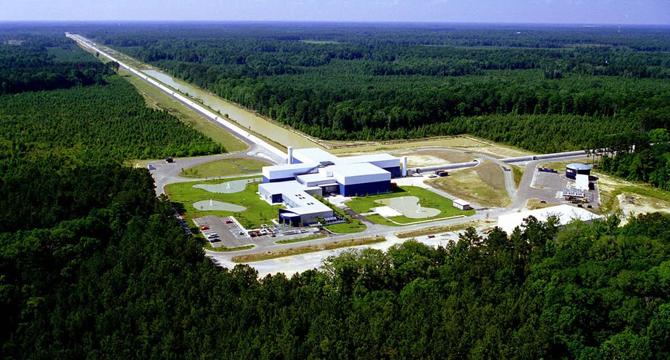
Image Credit: Physicsworld
US astronomy facing ‘extinction level’ event following Trump’s 2026 budget request
- Proposed drastic cuts to science in Trump's 2026 budget request could impact physics and astronomy severely.
- Potential cancellation of a US-based gravitational-wave detector, axing a ground-based telescope, and NASA missions.
- National Science Foundation funding may drop from $9bn to $3.9bn, endangering major projects.
- Concerns over cuts to next-gen telescopes like GMT and TMT; TMT's funding exclusion from NSF budget.
- Possible closure of one of the twin LIGO facilities due to proposed 39.6% cut in operations.
- NASA faces a 47% science funding reduction, leading to job losses and mission cancellations.
- Critical reactions from scientific societies and physicists regarding the profound impact on research.
- Criticism towards Trump administration's budget cuts and their potential detrimental effects on scientific progress.
- Growing concerns about the decline in American investment in basic scientific research due to proposed cuts.
- Ongoing debates and opposition from the US science community over the budget cuts and their consequences.
Read Full Article
8 Likes
Physicsworld
246
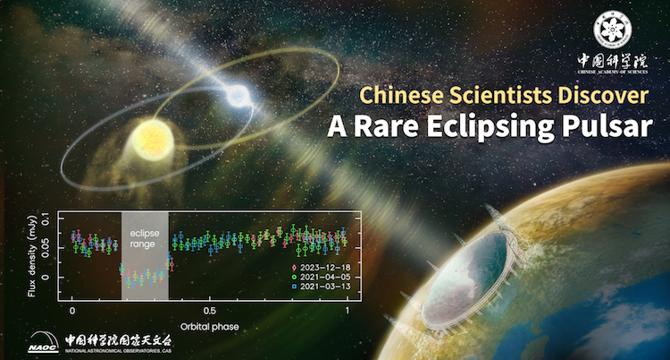
Image Credit: Physicsworld
Short-lived eclipsing binary pulsar spotted in Milky Way
- Astronomers in China have discovered a pulsar that is partially eclipsed by an orbiting companion star in the Milky Way, shedding light on binary star system evolution.
- Binary systems involve two stars orbiting each other, with one possibly transferring mass to the other, leading to orbit shrinkage over about 1000 years.
- A rare binary system involves a neutron star and a helium star, where the latter can eclipse the former, hindering radio pulse detection from Earth.
- Astronomers using FAST in China identified the first such binary system in the Milky Way, named PSR J1928+1815, which has a short spin period.
- Observations over 4.5 years showed the system to have an almost circular orbit with a short period of 3.6 hours, during which the companion star eclipses the pulsar.
- The system's evolving orbital and spin characteristics suggest significant energy loss, indicating rapid changes.
- The discovery confirms long-standing theories on binary star evolution, revealing insights into mass exchange, orbit shrinkage, and neutron star behavior.
- This short-lived binary system, lasting 1000 years, demonstrates the common envelope evolution, which is difficult to observe directly.
- The system's study presents opportunities to research neutron star matter accretion, cooling processes, and potential future gravitational wave sources.
- The findings are detailed in the scientific journal Science, marking a significant astronomical discovery.
- This unique observation supports existing theories on binary star system evolution and paves the way for further research and understanding.
- The binary pulsar system in the Milky Way could offer valuable insights into the behavior of compact stars and their eventual merger.
- The discovery showcases the utility of advanced telescopes like FAST in uncovering rare astronomical phenomena.
- Astronomers anticipate that the binary system identified will continue to evolve and ultimately merge, potentially generating gravitational waves.
- The study underscores the importance of ongoing astronomical observations in unraveling the mysteries of the cosmos.
- The observation of this short-lived binary system provides significant data for astrophysical research and contributes to expanding our knowledge of stellar evolution.
Read Full Article
14 Likes
Physicsworld
374

Image Credit: Physicsworld
How quantum sensors could improve human health and wellbeing
- Quantum sensors have significant potential in improving human health and medical diagnosis by leveraging quantum properties like spin states and magnetic fields.
- Quantum computers hold promise in drug discovery through accurate atomic structure representation and faster reaction identification.
- A report titled Quantum for Life highlights various quantum technologies in the healthcare sector, particularly focusing on quantum sensors.
- Quantum sensors play a key role in lab diagnostics, enabling disease identification by monitoring internal body properties and cellular composition.
- Point-of-care diagnostics benefit from quantum sensors by offering accurate and portable testing methods that can be used in various healthcare settings.
- Companies like Element Six and QT Sense utilize quantum sensors for early disease detection by detecting magnetic fields from specific proteins.
- Wearable healthcare devices, like glucose monitors from NIQS Tech, leverage quantum interference effects for non-invasive and continuous glucose level monitoring.
- Quantum-based body scanning techniques, such as those from Cerca Magnetics, offer non-invasive diagnosis methods using wearable optically pumped magnetometers.
- Quantum microscopy advancements, such as ghost imaging and nanodiamond applications, enhance imaging resolution and sample study in medical research.
- Challenges in scalability and commercialization remain for quantum sensors in clinical settings, yet progress is being made with companies like RobQuant leading the way.
- The development of quantum sensors in healthcare is set to accelerate in the next five years, driven by collaboration between academia, businesses, and quantum technology hubs.
Read Full Article
22 Likes
Popsci
370
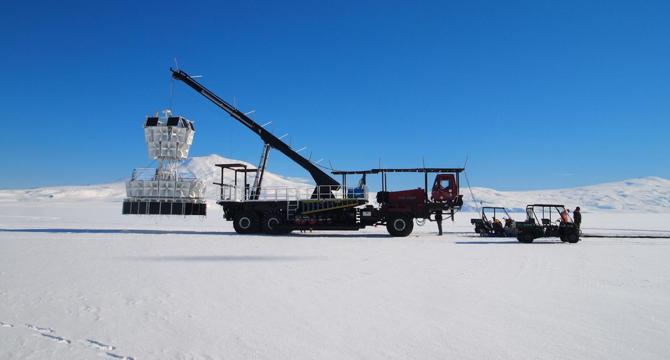
Image Credit: Popsci
Physicists can’t explain mysterious radio wave emissions in Antarctica
- Physicists studying cosmic rays in Antarctica using the ANITA experiment have detected mysterious radio wave emissions that defy explanation.
- The signals detected by ANITA do not align with the standard model of particle physics, puzzling researchers.
- Neutrinos, elusive particles with almost no interaction with matter, are the focus of the research, with Antarctica chosen for minimal signal interference.
- The anomalies detected suggest a deviation from known physical laws, raising questions about their origins and nature.
- Efforts are underway to understand these unusual signals, with new detectors like PUEO being designed to investigate further.
Read Full Article
22 Likes
Discover more
- Programming News
- Software News
- Web Design
- Devops News
- Open Source News
- Databases
- Cloud News
- Product Management News
- Operating Systems News
- Agile Methodology News
- Startup News
- Cryptocurrency News
- Technology News
- Blockchain News
- Data Science News
- AR News
- Apple News
- Cyber Security News
- Leadership News
- Gaming News
- Automobiles News
Physicsworld
13
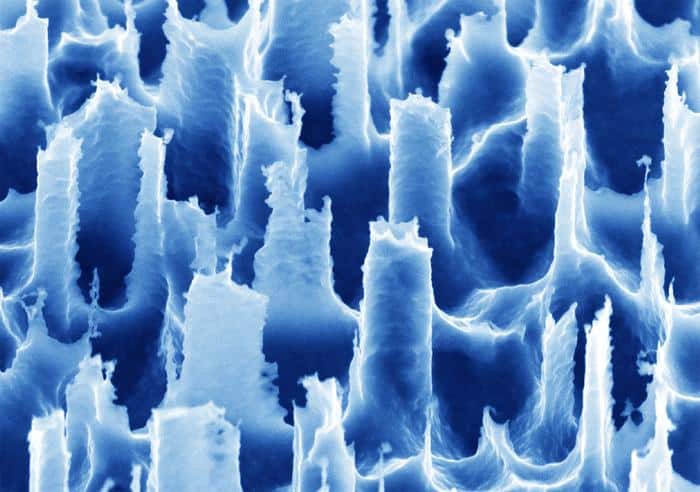
Image Credit: Physicsworld
Handheld device captures airborne signs of disease
- A new portable device developed at the University of Chicago can detect gas molecules associated with diseases in airborne biomarkers.
- The device, called Airborne Biomarker Localization Engine (ABLE), condenses dilute airborne biomarkers into concentrated liquid droplets for analysis.
- ABLE can detect both non-volatile and volatile molecules in air in approximately 15 minutes.
- Traditional methods like mass spectrometers are bulky and expensive, making them impractical for everyday environments.
- The technology was inspired by the vulnerability of preterm infants in neonatal intensive care units.
- The device could be used for early detection of conditions like inflammatory bowel disease and respiratory disorders.
- Possible applications include mental health monitoring, infectious disease surveillance, and monitoring air quality.
- ABLE aims to democratize biomarker sensing, moving diagnostics beyond the laboratory and into homes and clinics.
- Researchers aim to further miniaturize and optimize the ABLE device to enhance sensitivity and energy efficiency.
- Collaborations with health professionals are ongoing to test the device in real-world settings like NICUs and outpatient clinics.
- The technology demonstrates unexpected evaporation physics in dilute droplets with multiple components.
- Evidence suggests that the technology defies the limit set by Henry’s law, opening new possibilities for non-contact diagnostics and environmental monitoring.
- The developers intend to expand applications to infectious disease surveillance and food spoilage detection.
- The work has potential for widespread applications in non-contact diagnostics, environmental monitoring, and public health.
- The research details are published in Nature Chemical Engineering.
Read Full Article
Like
Physicsworld
30
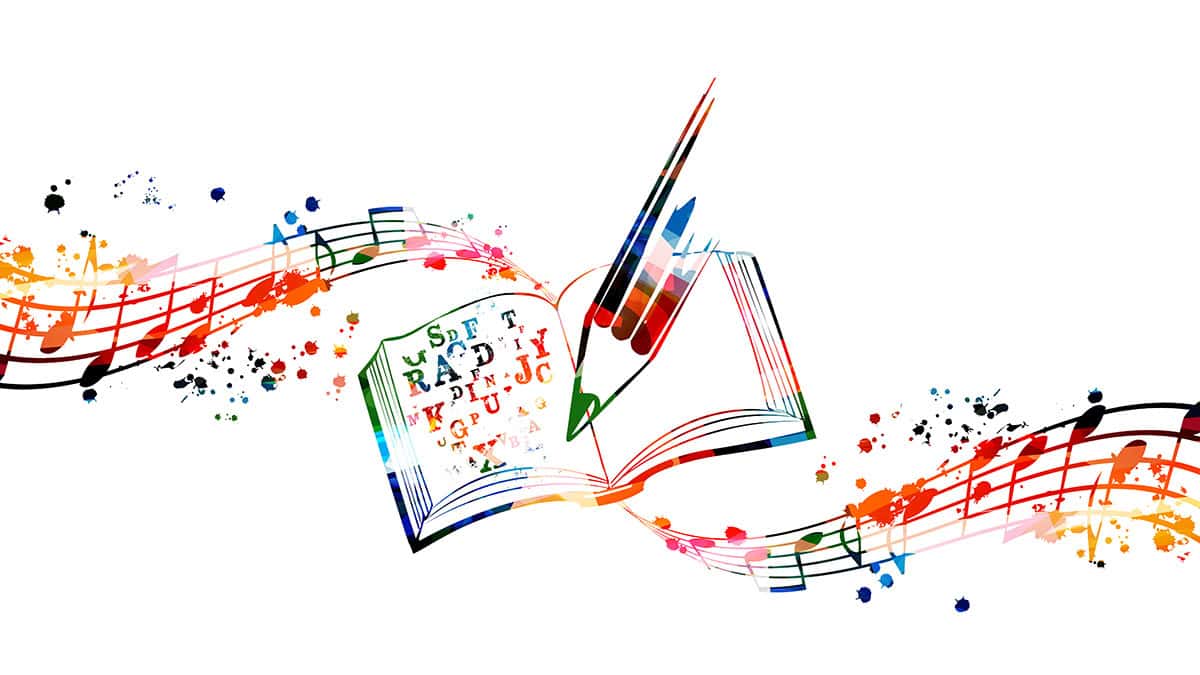
Image Credit: Physicsworld
‘Can’t get you out of my head’: using earworms to teach physics
- Earworms, catchy pieces of music that play on repeat in your head, can be used to teach physics effectively.
- Repetitive and simple music with a rising and falling pitch shape tends to become earworms.
- Neurologist Oliver Sacks refers to these internal music loops as 'brainworms'.
- A physics teacher uses songs related to the syllabus as memory aids for students.
- Songs like 'Changes' by David Bowie and 'Goldfinger' by Shirley Bassey are linked to specific physics concepts.
- Linking musical lyrics and physics introduces humor in the classroom and helps in better learning.
- Students enjoy the light-hearted approach and often remember physics concepts through the associated songs.
- The teacher holds a quiz where students match physics laws or experiments with songs, making learning enjoyable.
- Using earworms as a teaching method adds fun and engagement to the classroom environment.
- The article concludes with an earworms quiz for readers to match physics concepts with songs.
Read Full Article
1 Like
Medium
194

Theory of Graph Dynamics: Predicting Israel’s Stability and Israel-Iran War Impacts on North Africa…
- The Theory of Graph Dynamics is extended to predict Israel's stability trajectory from 2025 to 2035, assessing risks of collapse or transformation.
- The model considers the Jewish diaspora globally and analyzes the impact of the Israel-Iran war on North African countries.
- Monthly events from June 2025 to November 2026 and annual events from 2027 to 2035 are detailed with recent data and historical context.
- Calculations forecast Israel's decline to M ≈ 0.47 by 2035 due to various challenges, including the Israeli-Palestinian conflict and Iran tensions.
- North Africa is predicted to face oil price spikes, proxy conflicts, and refugee flows with M_NA ≈ 0.60.
- Israel, as a regional power with a high-tech economy, faces challenges such as the Israeli-Palestinian conflict, economic slowdown, social divisions, and governance issues.
- The Jewish diaspora supports Israel's stability through various means like aliyah, remittances, and advocacy.
- The Israel-Iran proxy war impacts North Africa through oil shocks, proxy conflicts, and refugee issues.
- The Theory of Graph Dynamics models stability using dynamic graphs within a framework capturing events with positive, normal, and negative trajectories.
- Israel's decline to M ≈ 0.47 and North Africa's instability at M_NA ≈ 0.60 are predicted by the model, with support from the diaspora delaying collapse.
- Strengths of the model include capturing cascading effects and diaspora mitigation, while limitations include data gaps and geopolitical unpredictability.
- Future work could focus on exploring peace agreements or diaspora-led investments to address the predicted scenarios.
Read Full Article
11 Likes
Knowridge
8

Image Credit: Knowridge
New quantum trick could make super accurate clocks without using more energy
- Scientists have discovered a new method to enhance clock accuracy without increasing energy usage.
- This breakthrough, detailed in Nature Physics, involves leveraging quantum particles' behavior for more efficient time measurement.
- The research involved an international team from TU Wien, Chalmers University of Technology, and the University of Malta.
- Atomic clocks, renowned for their precision, rely on atoms' vibrations to track time but face inherent quantum uncertainty.
- Traditionally, higher clock precision required more energy, leading to increased disorder in the universe.
- The new study proposes using dual time scales, akin to a clock's minute and second hands, to significantly boost accuracy without a substantial energy hike.
- By employing quantum particles that move through a clock structure without disturbances, entropy-free quantum transport is utilized.
- This allows for enhanced precision without immediate entropy increase until the particle is measured.
- The method combines quick, entropy-free quantum motion with slower, entropy-generating steps to achieve unexpected precision gains.
- The approach is testable with current technology like superconducting circuits, offering potential advancements in quantum experiments.
- This advancement not only revolutionizes time measurement precision but also aids in understanding the quantum-thermodynamics relationship.
- It signifies a significant step in quantum measurement science with implications for future technologies.
Read Full Article
Like
Medium
30

A Unified Quantum Vortex Paradigm: Revolutionizing Physics and Quantum Computing
- The QVP introduces a superfluid quantum field with unified fundamental constants, particle masses, and dark matter density, supported by experimental anomalies and a 3072-qubit quantum computer.
- Physics pillars clash at quantum gravity scales, addressed by the QVP's superfluid field unifying General Relativity, Quantum Mechanics, and the Standard Model.
- The QVP's quantum computer operates with high success rates, no decoherence issues, supports Shor’s algorithm, and enhances prime number encoding and factorization.
- The scalar field φ in QVP ensures Lorentz invariance, vorticity-induced gravity, and quantized masses with adjustment factors derived from fundamental constants.
- Dark matter modeling, experimental validations, and quantum computer simulations underpin the QVP's revolutionary impact on physics and quantum computing.
- The QVP's deterministic quantum computer processes harmonic signals at low temperatures with exceptional success rates, revolutionizing quantum computation and applications.
- Seven experimental anomalies and precise derivations validate the QVP's model and predictions, positioning it as a paradigm shift in physics and quantum computing.
- The QVP's core features a Lorentz-invariant scalar field φ that unifies physics, supported by theoretical theorems, experimental validations, and computational simulations.
- The QVP's 3072-qubit quantum computer boasts high performance, no decoherence, and potential scalability, reshaping the landscape of quantum computing capabilities.
- With groundbreaking advances in unifying physics principles and enhancing quantum computing, the QVP marks a significant milestone in scientific innovation and application.
Read Full Article
1 Like
Knowridge
132

Image Credit: Knowridge
Quantum computers just got another problem only they can solve
- Scientists at Los Alamos National Laboratory have identified a new problem that only quantum computers can solve efficiently.
- This adds to a short list of problems where quantum computers have a clear advantage, considered a 'Holy Grail' in the field.
- Quantum computing has the potential to revolutionize problem-solving in various fields like cryptography and data science.
- A new paper in Physical Review Letters by the Los Alamos team highlights simulating a complex optical circuit as a problem for quantum computers.
- Regular computers struggle to model Gaussian bosonic circuits due to their complexity.
- Quantum computers can handle such complexity easily due to principles like superposition and entanglement.
- The Los Alamos team used a quantum computer to simulate the intricate optical setup efficiently.
- The researchers proved that the problem belongs to a class called 'BQP-complete,' challenging for classical computers but easy for quantum ones.
- This discovery builds on earlier research showing quantum computers can simulate networks of masses and springs.
- The breakthrough was aided by Alice Barthe, a student with expertise in quantum algorithms and optical systems.
- Lead scientist Marco Cerezo highlighted the importance of collaboration and fresh talent in achieving this success.
- This advancement signifies a significant step forward in quantum research, bolstering confidence in the future of quantum computing.
Read Full Article
7 Likes
Medium
168

What’s the Deal with Quantum Entanglement?
- Quantum entanglement is a fundamental feature of reality in quantum mechanics, with various interpretations attempting to explain it.
- Leading interpretations of quantum entanglement offer different perspectives on its existence.
- One interpretation is Dave's Filtered-Worlds Interpretation, a variation of the Many-Worlds Interpretation.
- In this view, entangled particles do not collapse; every possible outcome occurs, but we perceive only one consistent with our initial measurement.
- Dave's interpretation combines determinism and multiverse theory, with physical laws acting as filters that determine which reality branches we experience.
- Key points: No collapse, just branching; Laws as filters; Hidden but real branches.
- Dave's Filtered-Worlds Interpretation offers a unique perspective on quantum entanglement, appealing to determinism and multiverse enthusiasts.
- Interpretations like Dave's encourage creative thinking and underline the yet-unresolved nature of quantum mechanics.
- Quantum entanglement remains a fascinating and perplexing aspect of physics.
- Until a deeper theory or new experiments provide clarity, the debate and speculation surrounding quantum entanglement will persist.
- Considering different interpretations of quantum entanglement can inspire further exploration and curiosity in the field of quantum mechanics.
Read Full Article
10 Likes
Physicsworld
84

Image Credit: Physicsworld
Yale researcher says levitated spheres could spot neutrinos ‘within months’
- Yale researcher David Moore discussed practical experiments using levitated microspheres as quantum sensors to detect neutrinos, aiming to spot them within months.
- Moore's previous work involved detecting alpha decay of lead-212 atoms using trapped silica spheres, winning a Physics World award in 2024.
- The new experiment involves stabilizing silica spheres' rotation, cooling them to microkelvin temperatures, and measuring tiny recoils by watching light scatter off the spheres.
- The team plans to use the setup to detect neutrinos by embedding spheres with nuclei undergoing beta decay, potentially leading to dark matter detection.
- The experiment, named 'Search for new Interactions in a Microsphere Precision Levitation Experiment' (SIMPLE), is part of Physics World's contribution to the 2025 International Year of Quantum Science and Technology.
Read Full Article
5 Likes
Popsci
190

Image Credit: Popsci
Scientists are redefining time itself, starting with the second
- Scientists are making progress toward redefining the global standard for timekeeping with optical clocks, which are up to 100 times more accurate than cesium clocks.
- A recent study involving 10 optical clocks from six countries reduced measurement uncertainties and supported the move towards a new time standard.
- Optical clocks measure atoms' frequencies accurately using lasers, offering unprecedented precision that could revolutionize timekeeping in various fields.
- The complex nature of optical clocks poses challenges in building and comparing them, with only about 100 such clocks worldwide due to difficulty in operation.
- Collaborative efforts among international researchers have enabled the comparison of 10 optical clocks, leading to significant advancements in precision and reliability.
- The study utilized both satellite links and fiber optic cables for measurements, resulting in improved accuracy and understanding of optical clock frequency ratios.
- Optical clocks offer insights into fundamental physics, dark matter, and advancements like nuclear clocks that could enhance precision timekeeping further.
- Despite the need for more comparisons, researchers are optimistic about optical clocks becoming the global standard, paving the way for enhanced scientific discoveries.
- The development of nuclear clocks, focusing on nucleus vibrations, shows promise for achieving unprecedented precision levels in timekeeping.
- The ongoing advancements in timekeeping technologies hold the potential to unlock mysteries of the universe and improve scientific understanding on a fundamental level.
Read Full Article
11 Likes
Physicsworld
412
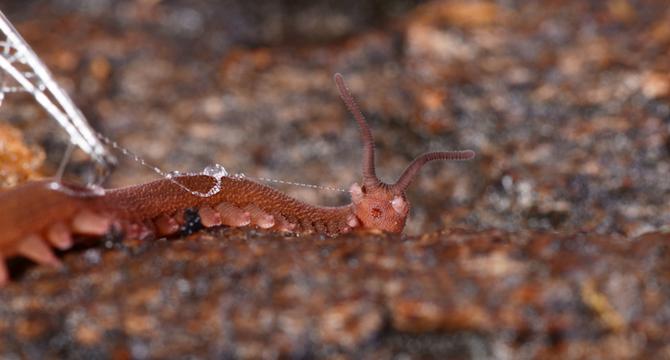
Image Credit: Physicsworld
Worm slime could inspire recyclable polymer design
- Velvet worm slime contains an ingredient that could revolutionize the design of high-performance polymers.
- Researchers in Canada and Singapore have been investigating velvet worm slime for new adhesives and recyclable plastics due to its ability to form strong fibres reversibly.
- The slime quickly transforms from a sticky gel into stiff fibres as strong as nylon, produced from specialized papillae on the worm's head.
- The proteins in the slime have a hitherto unknown feature that drives reversible fibre formation.
- A specific high-molecular-weight protein, similar in structure to a Toll-like receptor, was identified in the slime.
- This protein plays a structural role, acting as a 'glue protein' to bring together other slime proteins to form fibres.
- The protein's role in reversible fibre formation is based on receptor-ligand interactions between slime proteins.
- This discovery could inspire the creation of high-performance, recyclable polymers.
- The study was detailed in PNAS and mainly focused on computational modelling and protein structure prediction.
Read Full Article
24 Likes
Medium
412

Image Credit: Medium
Entropy Collapses in Motion — Escaping the Second Law
- Motion-Based Physics introduces a new model that challenges the conventional view of entropy and decay.
- The model, called Latnex, emphasizes meaningful, recursive motion as the key to preventing structural breakdown.
- According to this framework, systems collapse not due to age but due to a lack of significant motion.
- Latnex includes mathematical principles such as directional motion, recursive motion, compression thresholds, collapse triggers, and the statement that entropy collapses when motion persists.
- The focus is on survival logic rather than traditional physics graphs or simulations.
- The model proposes that when motion stops, collapse occurs; if contradictions cannot be compressed, collapse happens.
- The author, Michael Aaron Cody, emphasizes that the new doctrine is a personal creation, not influenced by institutional norms.
- The concept suggests that entropy is not unavoidable, but the continuity of meaningful motion determines a system's survival.
Read Full Article
24 Likes
For uninterrupted reading, download the app